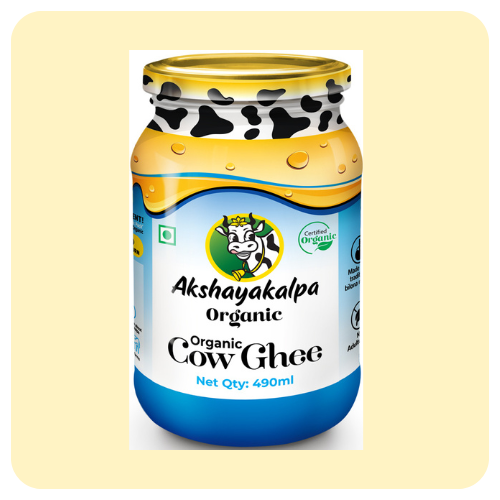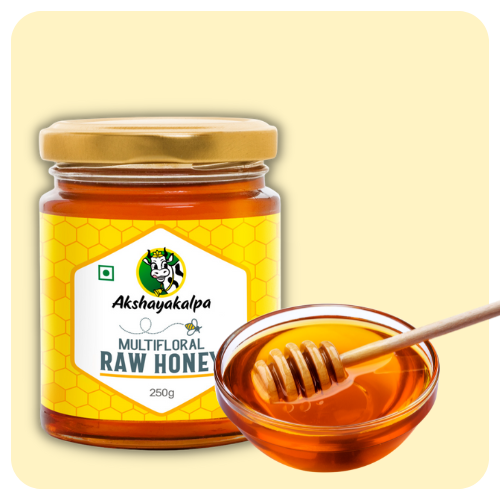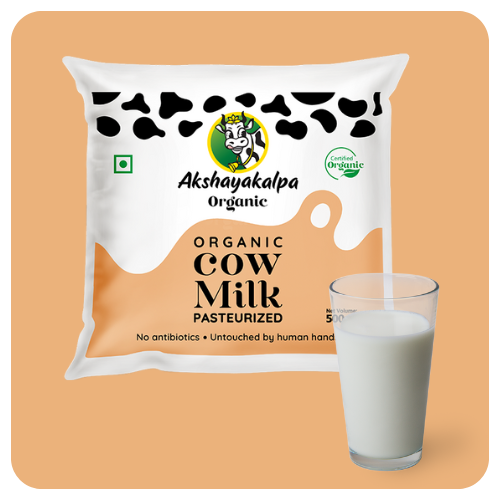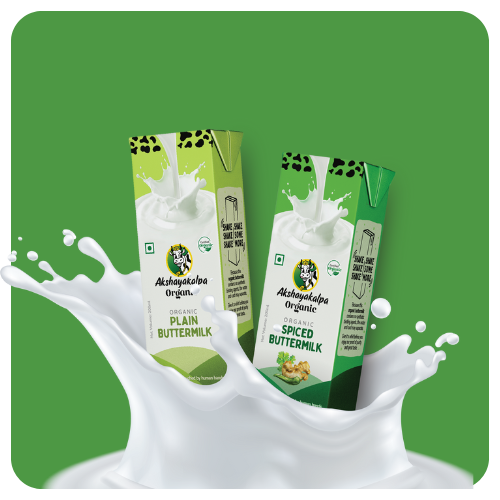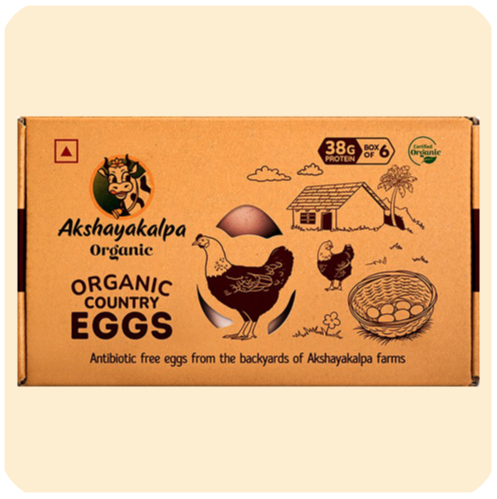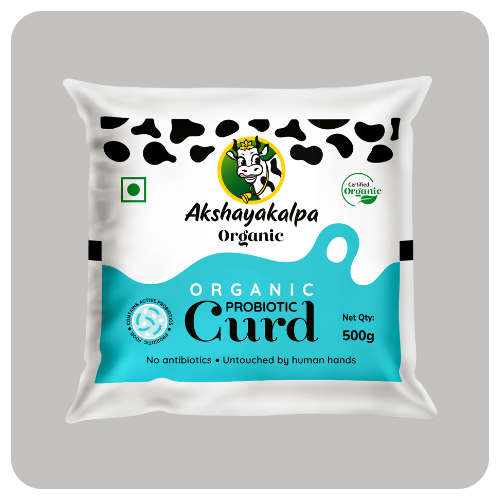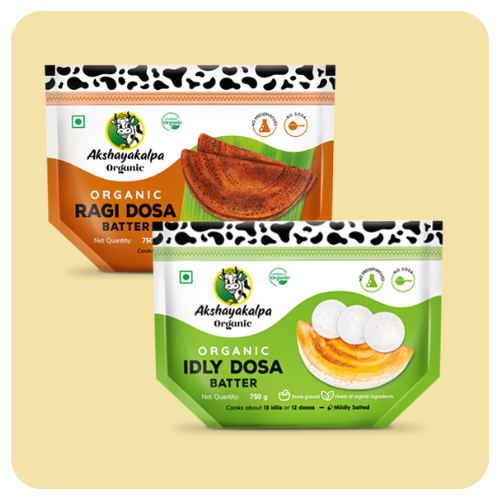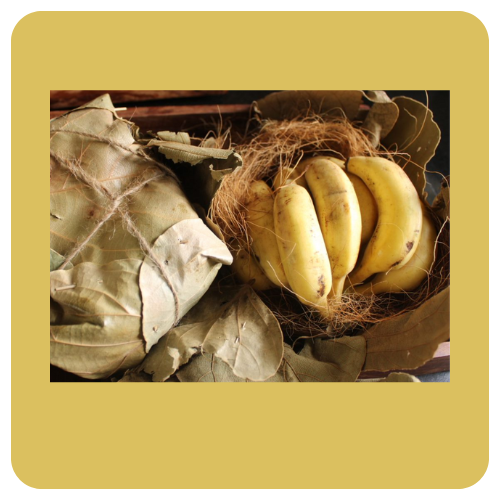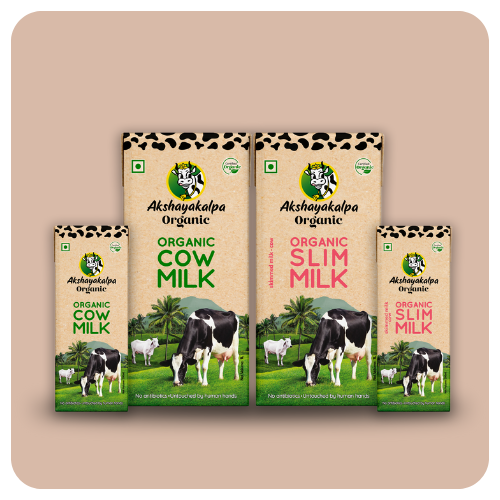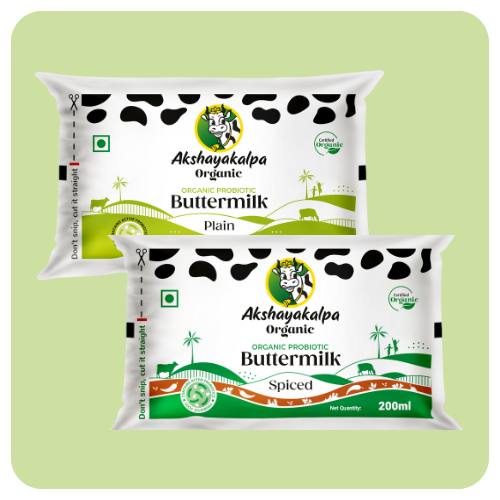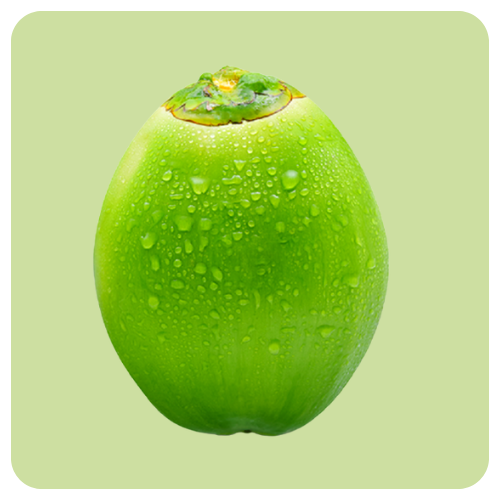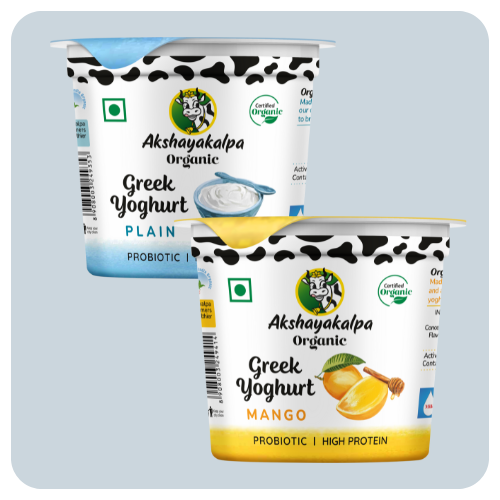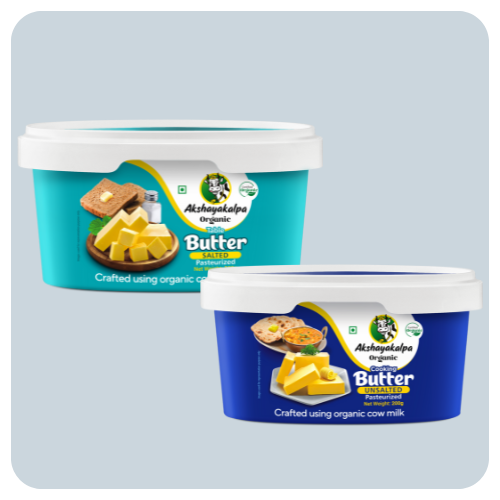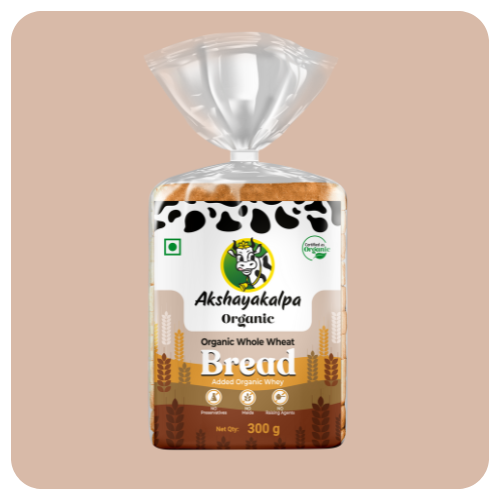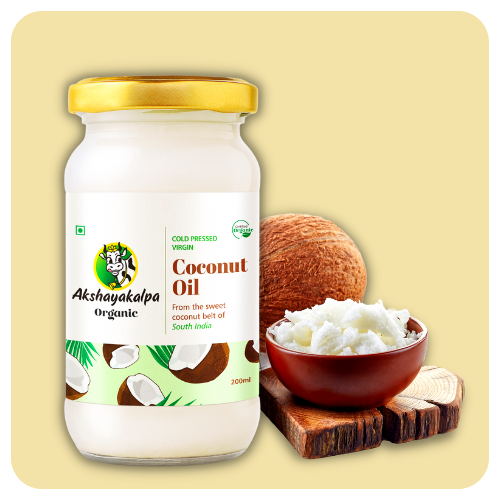Why supplements can’t fill the real protein gap
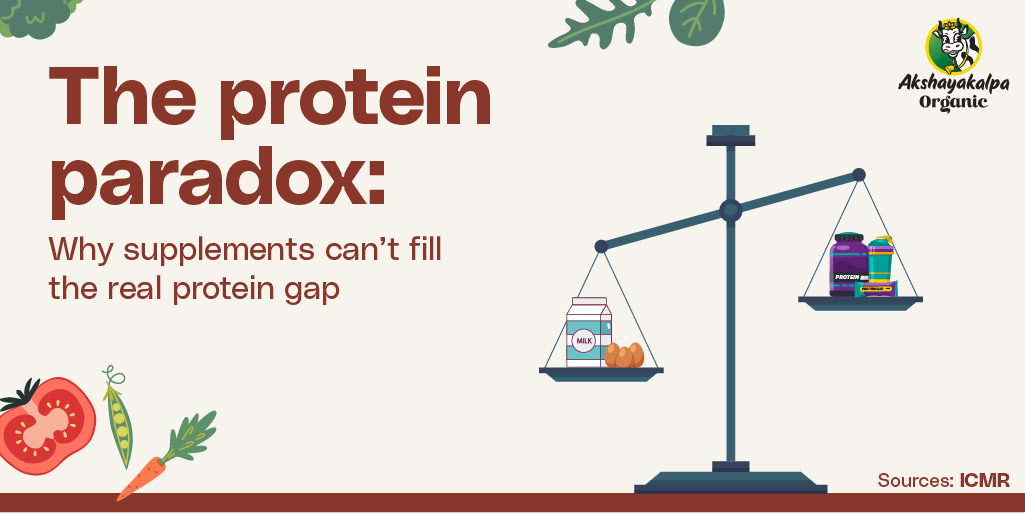
Protein powders have become the face of fitness today. Scroll through social media and you’ll see endless scoops, shakes, and bars promising strength, recovery, and energy. But for most people, they don’t deliver what they claim.
They were meant to make protein simple, yet even with more products than ever before, India’s protein intake remains low. We are surrounded by protein products but still not getting enough of it.
Most powders, shakes, and fortified snacks are marketed as convenient, but they are far from it. They need to be mixed, shaken, and prepared just right. For most Indian households, this habit simply doesn’t fit in because our meals revolve around comfort foods like dal, rice, rotis, and curd. A sweetened shake or powder mix feels out of place on the table, which is why these products rarely become long-term habits.
There’s also growing concern about how safe and necessary these supplements really are. The ICMR–NIN Dietary Guidelines 2024 advise against the regular use of protein powders, recommending that healthy individuals meet their protein needs through natural foods. The report warns that long-term use can lead to nutrient imbalance and issues such as gut discomfort and kidney strain.
Supporting this, a Business Standard investigation found that 70 percent of protein powders sold in India are mislabelled, with 14 percent containing unsafe toxins and herbal extracts that can harm the body when consumed regularly.
If protein powders were the answer, India’s protein gap would already be solved. The truth is, the most effective and safe sources of protein are still the simplest: milk, curd, pulses, eggs, nuts, and grains. Foods that have been part of our plates for generations.
